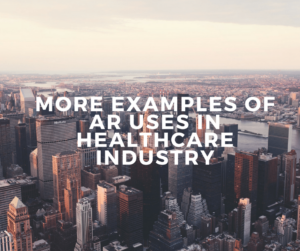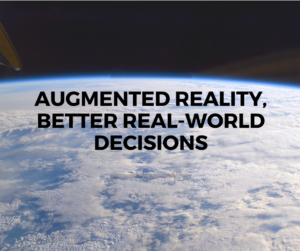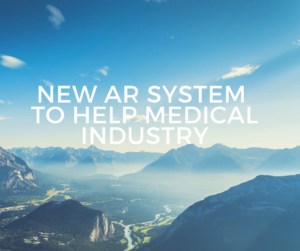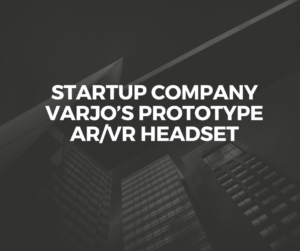DAQRI Partners with Flex for Production of Augmented Reality Headsets

Launched at this year’s CES, DAQRI introduced Smart Glasses that are a powerful, lightweight and comfortable headset. Designed for use in multiple settings such as medical, engineering, construction and manufacturing, they also provide a visual computing medium which allows wearers to see guided work instructions.
The article states that not only will Flex be manufacturing DAQRI’s headsets they will also be managing logistics directly to the consumer and provide after-market services including repair maintenance.
Brian Mullins, CEO and Founder at DAQRI said, “the pace of growth across our Augmented Reality platform continues to accelerate. It’s now time for DAQRI to scale operations to meet our customer demand. By working with Flex, not only do we get access to a global system of production and logistics, but we get a true innovation partner as we build the future of Augmented Reality. That’s very powerful.”
To read the article in full, click here.








